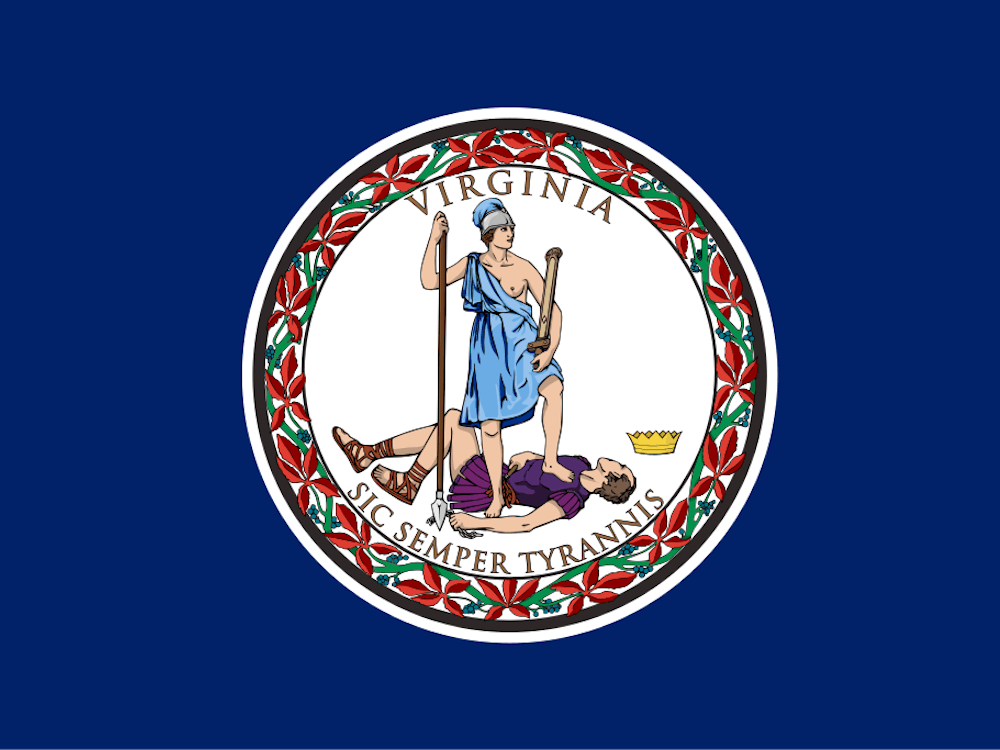The Cavalier Daily Managing Board’s lead editorial on Thursday addressed an issue that has already grabbed the attention of many Supreme Court junkies. As the editorial indicated, the Court recently heard oral arguments for Fisher v. University of Texas, a Supreme Court case that is causing the Justices to revisit the constitutionality of using race as a consideration in college admission.
I disagree with the stance taken in the editorial. The Court should side with Abigail Fisher, who brought the case against the University of Texas, claiming that she was denied acceptance into the University of Texas as a result of her not being a racial minority. Race was merely one of many factors used in determining an applicant’s eligibility. But the fact that race is even a factor, however small, seems to be an obvious violation of the Equal Protection Clause of the Fourteenth Amendment.
In Regents of the University of California v. Bakke in 1977, the Supreme Court ruled that, while it should not be the sole determinant of an applicant’s admission — as it was in the University of California Medical School’s minority quota system — race could be considered, as Justice Powell coined it, a “plus” as one of several factors in the admissions process. Then, in 2003, came the companion cases, Gratz v. Bollinger and Grutter v. Bollinger, which concerned the use of race in the University of Michigan Undergraduate and Law School admissions, respectively. In Gratz, the Supreme Court found that assigning points to a person’s application, based solely on membership in a underrepresented minority, was not “narrowly tailored” to foster diversity. But in Grutter, Michigan’s Law School’s use of race as one of several factors was deemed constitutionally permissible, as race was merely a part of a holistic evaluation of the applicant.
So here we have two examples, Bakke and Gratz, in which affirmative action in admissions was checked by the Supreme Court. What these cases have in common is a quantitative level of discrimination. The numbers are there — slots left open for minorities in Bakke, and points granted to minorities in Gratz. The Justices of the Supreme Court sided against such affirmative action. But when race is merely considered as a soft variable, a “plus,” as it as in the case of Grutter, the Court allows it. Affirmative action in admissions, so long as race was a factor among factors, did not, according to Justice Sandra Day O’Connor in Grutter, “unduly harm nonminority applicants.”
There are those who believe that to do away with affirmative action in admissions would be the equivalent of racial discrimination against minorities. Mindsets such as this are clearly ignoring the simple truth that keeping such affirmative action is, by definition, discrimination in itself; such beliefs only perpetuate what I see as almost a cyclical injustice. There is no clear stopping point. Both the dean and the director of admissions of the University of Michigan’s Law School stated in Grutter that race was considered in order to achieve a “critical mass” of underrepresented minorities with “critical mass” defined as “a number that encourages underrepresented minority students to participate in the classroom and not feel isolated.” Is it just me, or is this definition ambiguous? How does one determine when such a number is reached? This idea of a “critical mass” was not rejected and the term will no doubt play a key role in the upcoming arguments over Fisher.
But the main argument, especially in the legal realm, is the importance of diversity. This was the yardstick in Gratz and Grutter and will be again in Fisher. Universities have, according to precedent, a “compelling interest” in furthering diversity. But diversity has many facets, and colleges do not account for them all. Are not varied political and religious beliefs at least as conducive to a diverse learning environment? Diversity through race is only one element of a truly diverse campus, and yet it is given almost all of the focus.
Furthermore, it is worth mentioning that this vaunted affirmative action harms, in many ways, those very groups it aims to assist. Does giving members of an underrepresented minority a “plus” in the admissions process not promote the continuation of the idea that those belonging to such a minority are inherently incapable of making it on their own? Are minorities not offended that they are perceived as needing a helping hand to succeed where others do so unaided? Further, minorities could come, in time, to rely on such special consideration and, in so doing, seal their own fate as a group viewed as being less able to merit college acceptance.
Summarily, it is impossible for discrimination to not be an inherently unequal practice. Nor is there a clear definition of affirmative action’s end, or of the diversity it aims to create. The ideas held by those in favor of continued affirmative action are fundamentally flawed. We as a country cannot be a race-neutral nation until we cease to discriminate. The Court must overturn the precedent set in Bakke and Grutter because what is ultimately on the line is greater than adherence to judicial precedent: it is true equality.
Sam Novack’s column appears Tuesdays in The Cavalier Daily. He can be reached at s.novack@cavalierdaily.com.






